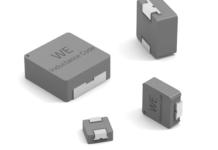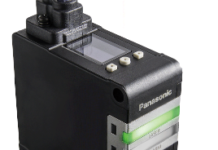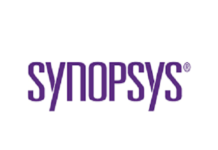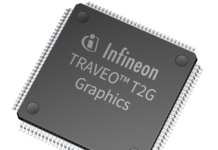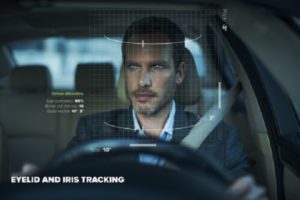
Jabil Inc. and eyeSight Technologies announced a new partnership to develop next-generation in-car sensing technology that delivers the most advanced levels of driver monitoring and gesture control. The partnership combines Jabil’s automotive-grade optics capabilities with eyeSight’s computer vision and deep learning software. Together, Jabil and eyeSight are developing a system that assesses the presence of an active and aware driver and improves human-machine interface (HMI).
“Jabil’s partnership with eyeSight Technologies supports automakers working to reduce accidents involving driver distraction,” said Lisa Bahash, senior vice president, Jabil Automotive Group. “The accuracy, intelligence and efficiency of the system we’re developing will enable automakers to implement in-car sensing systems across all vehicle types.”
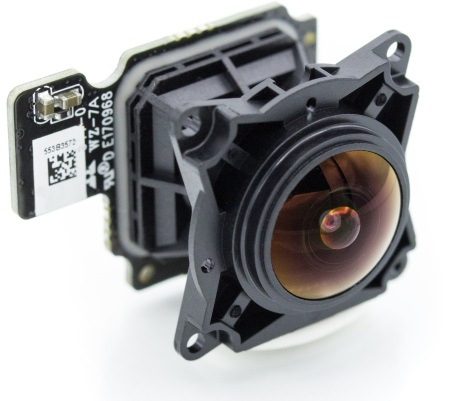
“For years, eyeSight has been living and breathing computer vision and machine learning solutions, which are already deployed in millions of devices worldwide,” said Gideon Shmuel, CEO of eyeSight. “Most recently, eyeSight has been very focused on the in-car automotive market, and our partnership with Jabil will expand our joint solution to enhance the driver experience by offering tangible benefits like driver monitoring and personalization.”
The combined hardware and software system operates with sub-pixel accuracy enabling higher-resolution driver monitoring. The accuracy of the camera modules, together with intelligent software, allows the system to be smaller, resulting in reduced weight and footprint.
The scalable system, which can be integrated into existing cockpit electronics, uses time-of-flight and infrared capabilities to enable:
- Driver identification – facial recognition, gender and age
- Driver attentiveness – head pose, posture, eyelid tracking and mood
- Driver distraction – iris tracking, gaze tracking
- Gesture control – touch-free control of navigation, infotainment, HVAC, etc.



